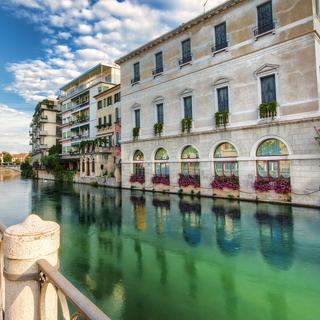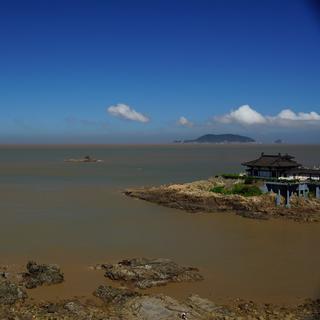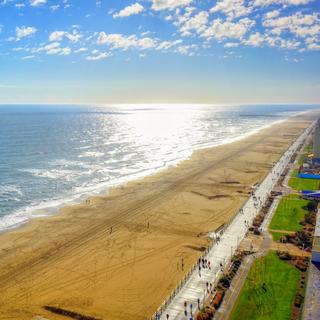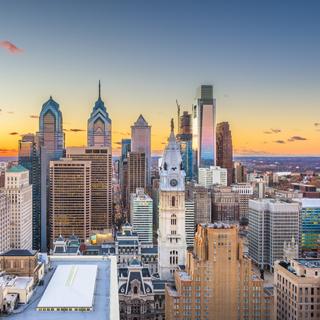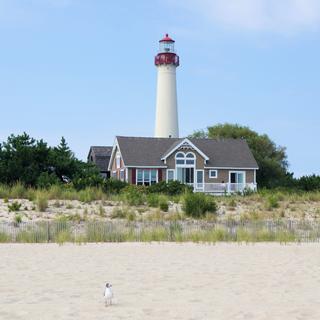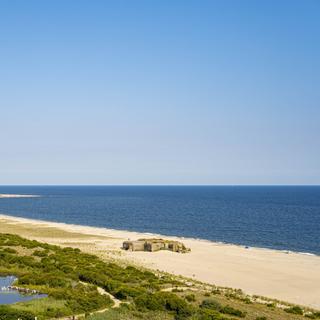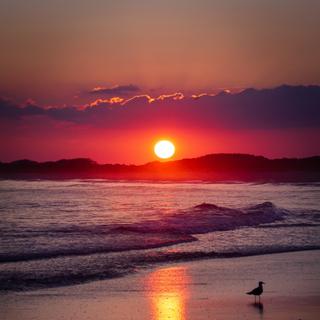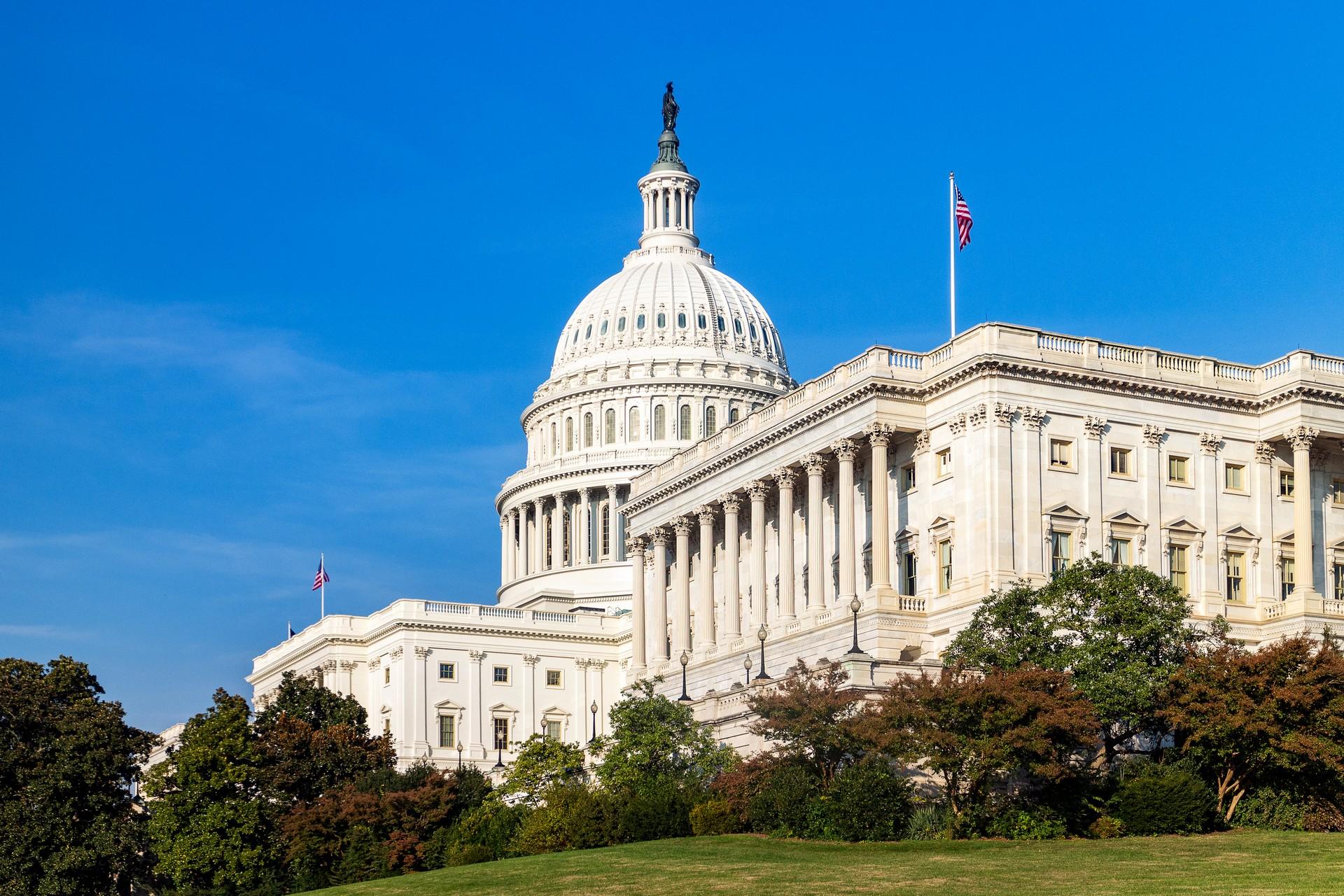
Washington, D.C. weather and climate in 2025

Washington, D.C. weather and climate in 2025
Day
31 °C
Night
20 °C
Sea
23 °C
Precipitation
103 mm
in month
Rainy days
10 days
in month
Daylight
14 hours
average
Sunshine
9 hours
average
Humidity
69 %
Weather charts for Washington, D.C.

Find more destinations like this
Destinations with similar weather to Washington, D.C.
Other destinations in Delaware
Closest cities for Washington, D.C.
Weather overview for Washington, D.C.
Weather overview
Nestled within the United States of America, Washington, D.C. boasts a moderate continental climate with seasonal variations that are quite distinct. The city experiences daytime temperatures ranging from a brisk average of 6 °C (43 °F) in the frigid depths of January to a warm and inviting average of 31 °C (88 °F) amid July's summer heat. As night falls, temperatures drop to a cool -4 °C (26 °F) in January and become pleasantly warm, averaging 20 °C (68 °F) during July nights. The variation in precipitation is notable, with October seeing the fewest rainy days at 8 days and May marking the peak of the rainy season with a noteworthy 11 days.
January weather
During January in Washington, D.C., we encounter the year's lowest day temperatures, averaging 6 °C (43 °F). Equally, the night temperatures reach their nadir. As January progresses, we can observe an increase in the number of rainy days to 10 days, a slight indication that the overall rainfall is starting to decrease with a total of 71 mm (2.78 in). Meanwhile, the gradual increase in sunny hours is also apparent.
February weather
In Washington, D.C., February marks the beginning of an upward trend in both day and night temperatures, with the latter averaging -2 °C (28 °F). There is a continued increase in the number of sun hours to 5 hours, while reaching the annual low for rainfall with only 67 mm (2.63 in).
March weather
March witnesses the continued rise of both daytime and nighttime temperatures in Washington, D.C., with respective averages of 13 °C (56 °F) and 2 °C (35 °F). The amount of rainfall begins its upward trend, and there is a boost in sunny hours. March also boasts the highest wind speeds of the year.
April weather
As April ushers in, Washington, D.C. continues to experience rising temperatures by day, averaging 19 °C (67 °F), and by night, with an average of 7 °C (44 °F). Tourist season begins to gain momentum. Rainfall gradually decreases with an amount of 81 mm (3.19 in). The number of sunny hours continues its increase.
May weather
May brings warmer weather to Washington, D.C. with an average day temperature of 24 °C (76 °F), while the night temperature also continues to rise, averaging 12 °C (53 °F). The number of rainy days and rainfall both peak during this month.
June weather
June continues the trend of rising temperatures in Washington, D.C., while the amount of rainfall begins to diminish. This month also reaches the peak number of sunny hours, exemplifying the pleasant summer climate.
July weather
Washington, D.C.'s warm weather peaks in July, with both day and night temperatures reaching their highest averages. Although the rainfall amount begins to rise, it does not signify the start of a wet season.
August weather
The warmth lingers in Washington, D.C. in August, although the daytime temperatures start a gradual decline. The number of rainy days and overall precipitation also begin to decrease.
September weather
September in Washington, D.C. continues to see a downward trend in temperatures, though they remain comfortably warm. Rainfall begins to rise again, and moisture in the air reaches its highest levels for the year.
October weather
The evident ongoing tourist season in October is accompanied by a further decrease in daytime temperatures, the fewest rainy days of the year, and a marked reduction in rainfall amount, signifying Washington, D.C.'s gradual transition to cooler weather.
November weather
November brings a continued decline in day and night temperatures. The number of rainy days starts to rise once more. The reduction in the number of sunny hours is indicative of the shorter days and approaching winter.
December weather
In December, Washington, D.C. experiences a pronounced drop in both daytime and nighttime temperatures. Rainy days continue their upward trend, while the fewest sunny hours and shortest day lengths of the year are observed.
FAQs
What is the average minimum temperature at night in Washington, D.C. in January?
In January, the average minimum night temperature in Washington, D.C. is a chilling -4 °C (26 °F).
How much does it rain in Washington, D.C. during February?
Washington, D.C. receives a modest rainfall amount in February, accumulating to approximately 67 mm (2.63 in).
What is the trend in the number of sunny hours during March in Washington, D.C.?
In March, the duration of sunny hours in Washington, D.C. continues its upward trajectory, reaching an average of 7 hours.
Does tourist season affect the rainfall in Washington, D.C. during April?
The onset of tourist season in April does not have a significant impact on rainfall, which averages around 81 mm (3.19 in).
How does the temperature in May affect outdoor activities in Washington, D.C.?
With an agreeable average daytime temperature of 24 °C (76 °F) in May, outdoor activities in Washington, D.C. are very enjoyable.
Is the climate suitable for outdoor activities in Washington, D.C. during June?
Yes, with a reduction in rainfall and an increase in sunny hours, June offers ideal conditions for outdoor pursuits in Washington, D.C.
Does Washington, D.C. experience a significant increase in rainfall during the hot month of July?
Despite the rising temperatures in July, Washington, D.C. does not experience a significant uptick in rainfall.
How does the start of temperature decline in August influence the weather in Washington, D.C.?
The decline in temperatures in August leads to a slight reduction in heat, while rainy days begin to become less frequent.
What is the impact of the highest humidity in September on weather conditions in Washington, D.C.?
The highest humidity levels in September introduce a muggier atmosphere, which can amplify the sensation of warmth.
What are the effects of the minimum number of rainy days on the climate in Washington, D.C. during October?
With the least rainy days seen in October, Washington, D.C. enjoys a drier and more comfortable climate optimal for tourism.
Will the increased number of rainy days in November substantially affect daily life in Washington, D.C.?
While November sees more rainy days, it does not severely impact daily activities, as the increase is gradual.
Does the minimal sunlight in December affect outdoor activities in Washington, D.C.?
The limited sunlight in December can restrict opportunities for outdoor activities, as the days are shorter and calmer.
